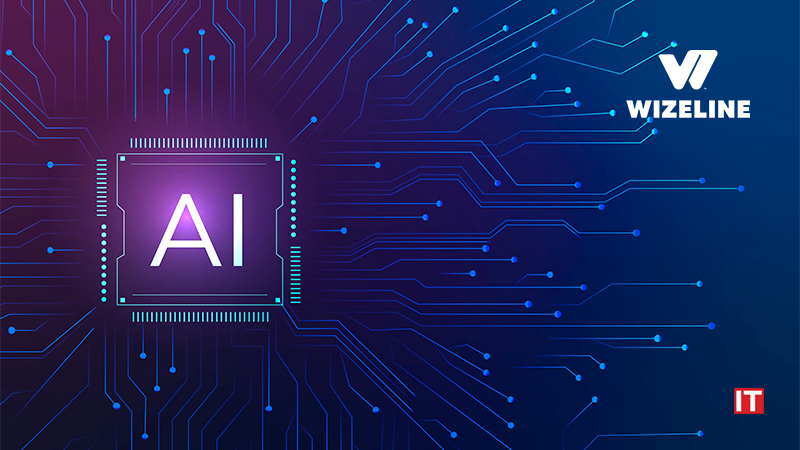Wizeline, an AI-centric digital services provider that builds modern, scalable products and platforms, announced the launch of its Generative AI Map, a tool created to help businesses understand the generative AI product landscape and potential use cases. The map enables enterprises to quickly identify AI products and services that best fit their needs, categorizing the top 50 AI products by content type, including text, image, video, coding and more, as well as by business function, such as marketing, people operation, software development, finance, design and others.
“Businesses are facing a multitude of unexpected challenges posed by generative AI — from needing to understand its potential use cases and available tools, to adapting to the speed at which the technology evolves,” said Aníbal Abarca, CTO at Wizeline. “That’s why our Data & AI team closely monitors the market and works with our customers to develop tailored solutions to fit their needs and challenges. Our vision is that Wizeline’s Generative AI Map will serve as a reliable tool that businesses of all sizes and industries can leverage to help them identify the best AI-native solutions.”
As the proliferation of generative AI technology accelerates, businesses are seeking the help of experts to navigate the complex product landscape. Wizeline’s Generative-AI Map is a user-friendly tool that presents the latest tools in a simple graphic, covering everything from licensed and open-sourced AI tools to solutions that enhance workforce productivity across operations or improve customer experience with personalized, scalable touch points. The team plans to update the list to reflect changes in the market and add interactive features.
In addition to cataloging tools by content type and business function, the map also labels each according to the following five technical categories.
- Generative AI Models: This is a class of artificial intelligence systems designed to create new data, content, or designs based on input data or specified parameters. These models generate various outputs, such as text, images, music, and complex designs, by learning patterns and structures from massive datasets. Examples of popular generative AI models include GPT (Generative Pre-trained Transformer), DALL-E, and StyleGAN.
- Generative AI Cloud Services: These are publicly available services or APIs granting access to generative AI models. One example is ChatGPT, which provides access to GPT models owned by OpenAI through a chatbot interface or API.
- Generative AI Mashups: These are services connecting multiple models and enabling complex workflows. One such example is Toolformer.
SOURCE: GlobeNewswire


































